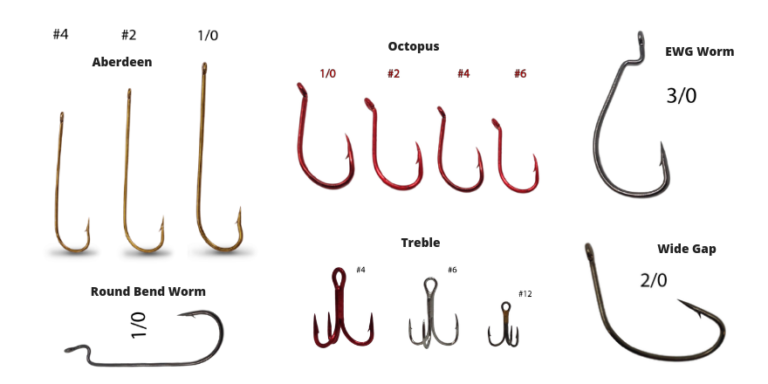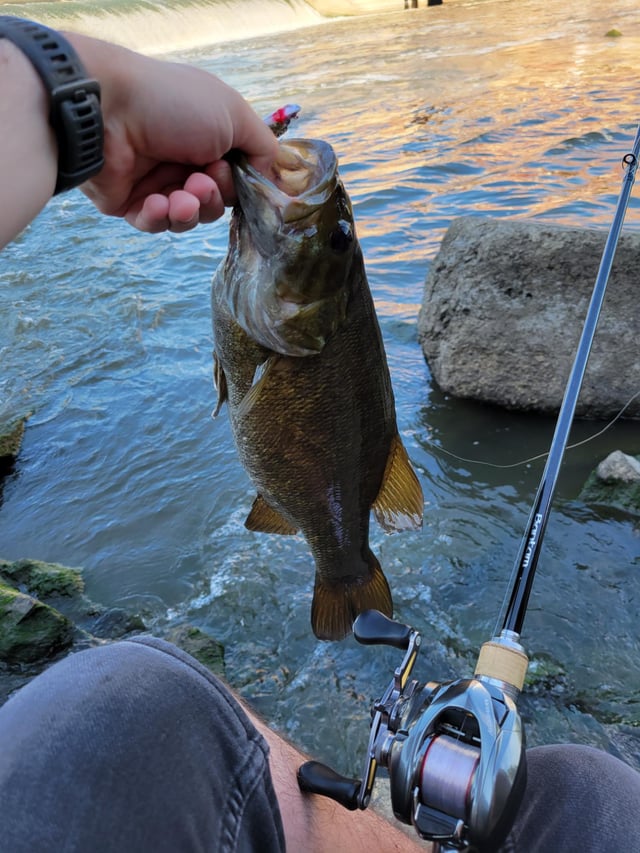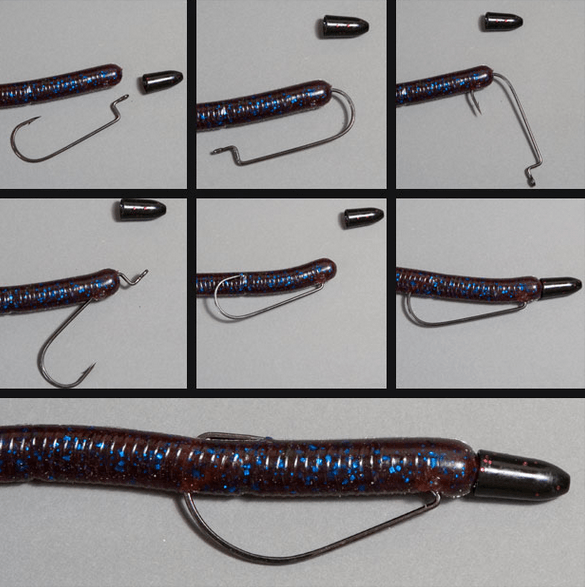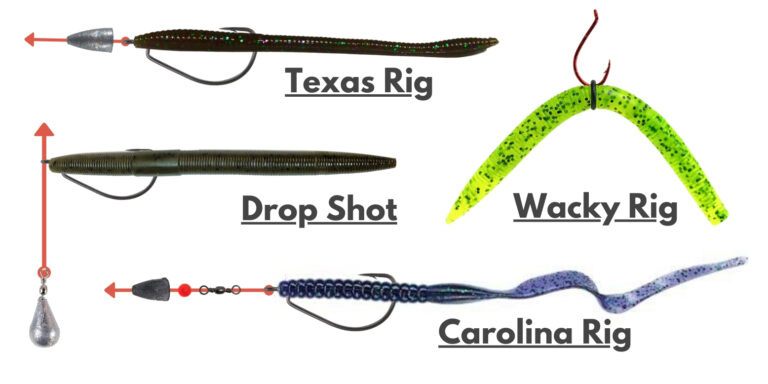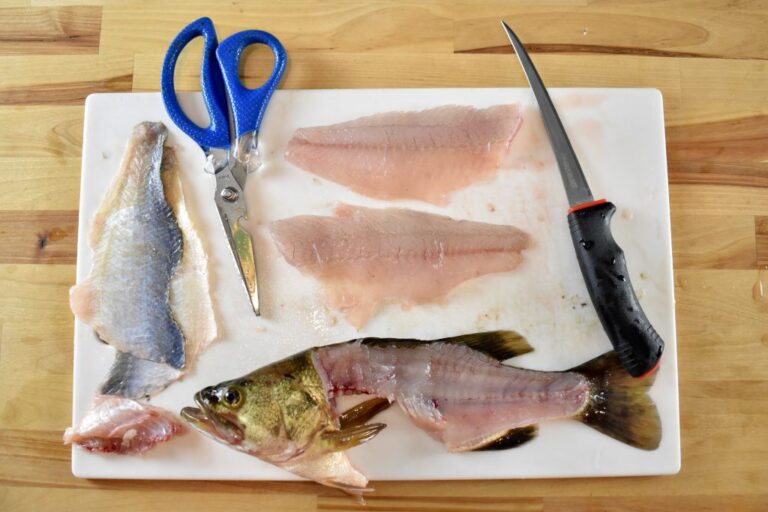Can Hybrid Striped Bass Reproduce
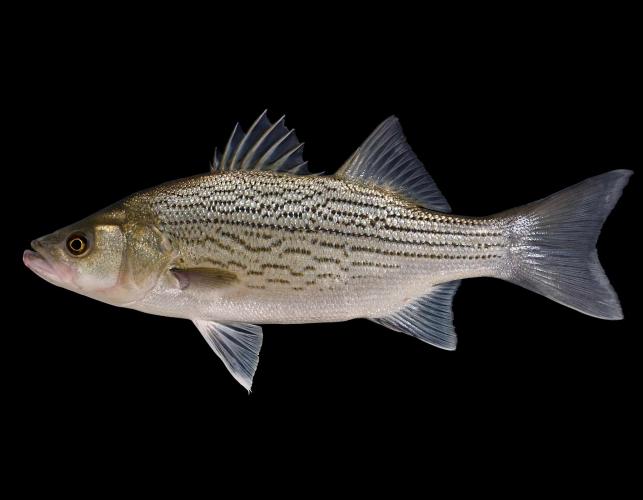
Hybrid striped bass typically cannot reproduce. They are a cross between two different species.
Dive into the world of aquaculture, and encounter the hybrid striped bass, a popular variety among fish enthusiasts and commercial fisheries. Known for their vigorous growth and adaptability, these fish have been genetically crafted by mating a female white bass with a male striped bass.
Despite their robust nature and popularity on dinner tables, these hybrids come with a biological trade-off: they are generally sterile. This sterility is intentional, aiding in population control and preventing the ecological issues that can arise from non-native species reproducing in the wild. Bred primarily for sport and food, hybrid striped bass have become a significant part of sustainable fishing practices, providing a consistent supply of fish without the risk of overpopulating natural habitats.

Credit: fisheries.tamu.edu
The Hybrid Striped Bass: An Introduction
The Hybrid Striped Bass is a cross between the freshwater White Bass and the saltwater Striped Bass. This unique fish inherits notable traits from both parents. It boasts the White Bass’s size and the Striped Bass’s growth rate. Their distinctive broken horizontal stripes set them apart visually.
Crossbreeding aimed to create a fish excellent for aquaculture and sport fishing. These hybrids capitalize on the best of each species. They demonstrate remarkable growth vigor known as “hybrid vigor”. This makes them thriving inhabitants of diverse water systems. Crossbreeding produces a robust species that adapts well to changing conditions. It also resists common diseases better than purebreds.
Hybridization Process Explained
The hybrid striped bass is a blend of two fish types. White bass and striped bass mix to create this fish. This mix happens in places like fish farms, not in the wild. Scientists take eggs from one and sperm from the other. They put these together in a lab to make the hybrid. This process is carefully done to make sure the fish grow strong.
Reproduction Capabilities Of Hybrids
Hybrid striped bass face unique challenges in breeding. Natural reproduction is not typical for these fish. They are a mix of striped bass and white bass. This mix can disrupt natural breeding processes. The environment also affects their ability to reproduce.
Specific conditions are necessary for spawning to occur. These conditions are often not met in the wild. Water temperature and flow, key to reproduction, are often inconsistent. Thus, hybrids struggle to breed without help.
Experts step in to aid their propagation. Techniques involve collecting eggs and sperm. These are then combined in controlled setups. This method ensures the survival of the species. It also helps to maintain a stable population for fishing industries.

Credit: tpwmagazine.com
Environmental Impacts Of Hybridization
Hybrid Striped Bass, a mix of two fish species, bring unique challenges. These fish often enter native ecosystems where pure species live. Hybrids can thrive where their parents cannot, creating trouble.
Their presence can lead to increased predation on native species. Native fish might not be ready for such strong competitors. Hybrids may eat more food, leaving less for the rest. They might also spawn at different times, disrupting the natural cycle.
Competition for space and resources gets tough. Over time, hybrids might outcompete the native species. This can lead to fewer native fish. Scientists are watching how hybrids impact these water homes carefully.
Farming And Commercial Value
Hybrid striped bass hold significant commercial value due to their robust nature. These fish are popular in aquaculture settings. They grow quickly and can tolerate a wide range of water conditions. This makes them ideal for farming. The hybrid’s ability to thrive in various environments translates into consistent production.
On the market side, there is a high demand for this type of fish. Consumers appreciate the mild flavor and firm texture of the hybrid striped bass. Restaurants and markets pay a premium for these qualities. This creates a lucrative opportunity for fish farmers. The ability to produce a sought-after product ensures a steady income for those in the aquaculture industry.
Future Of Hybrid Striped Bass
Hybrid Striped Bass are unique fish. They result from two different bass species. Often, hybrids cannot reproduce. Scientists work to improve their genetics. This could change their future.
Reproducing is hard for these fish. But research may help them. This work is very important. It helps to keep fish numbers up.
- Genetic enhancements could lead to natural reproduction.
- Sustainable fishing needs stronger hybrid populations.
Sustainability is key for our water friends. The focus is on healthy fish numbers. Limits may be set to prevent overfishing. Careful plans are needed to protect these fish.
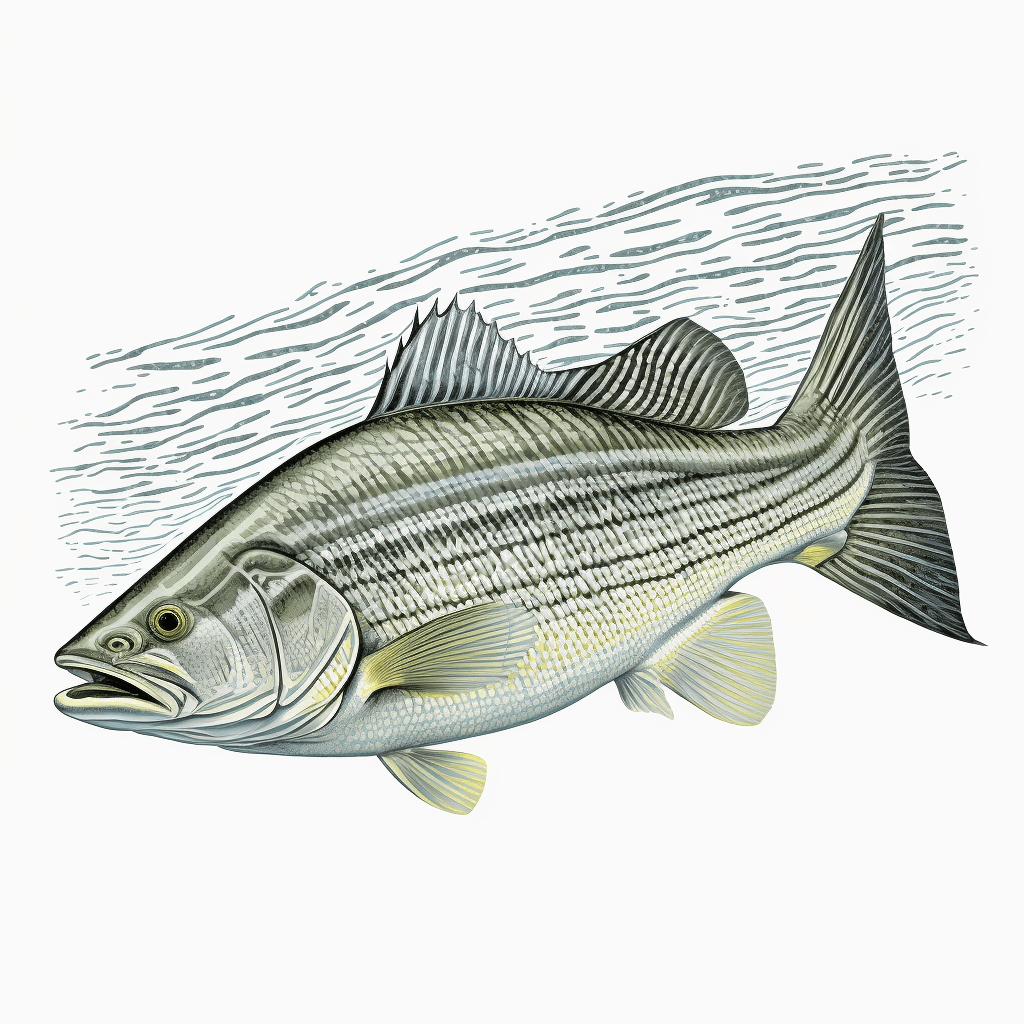
Credit: urbanfishfarmer.com
Frequently Asked Questions On Can Hybrid Striped Bass Reproduce
Are Hybrid Bass Fertile?
Hybrid bass, such as the popular wiper fish, are generally sterile and cannot produce offspring. This sterility results from crossbreeding two different species of bass.
Can A Striped Bass Reproduce?
Yes, striped bass can reproduce. They typically spawn in fresh water during late winter or early spring.
Can You Put Hybrid Striped Bass In A Pond?
Yes, you can stock hybrid striped bass in a pond, ensuring it has proper space and water conditions. They thrive in well-oxygenated, deep ponds.
How Are Hybrid Striped Bass Raised?
Hybrid striped bass are typically raised in fresh, warm water ponds. Hatchery-bred, they feed on pellets and can also consume natural food in ponds. Their growth is fast, reaching market size within 18 months to two years.
Conclusion
To wrap up, hybrid striped bass have limited reproductive capabilities. Our exploration underlined their reliance on careful human intervention for sustainable propagation. This insight is vital for anglers and conservationists alike. Remember, balanced ecosystems and fishery management hinge on understanding such species’ life cycles.
Let’s protect their future through informed practices and continued research.
